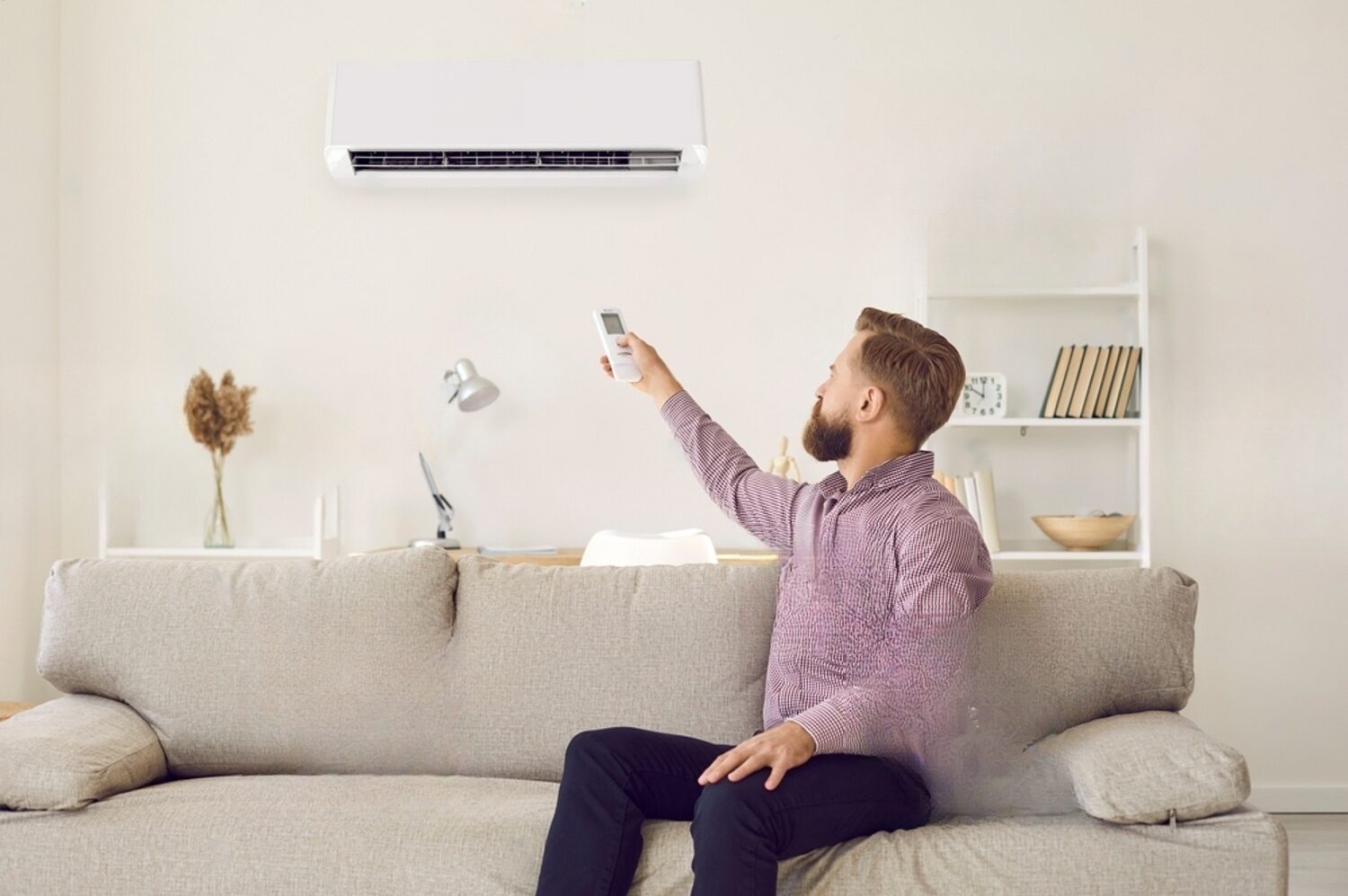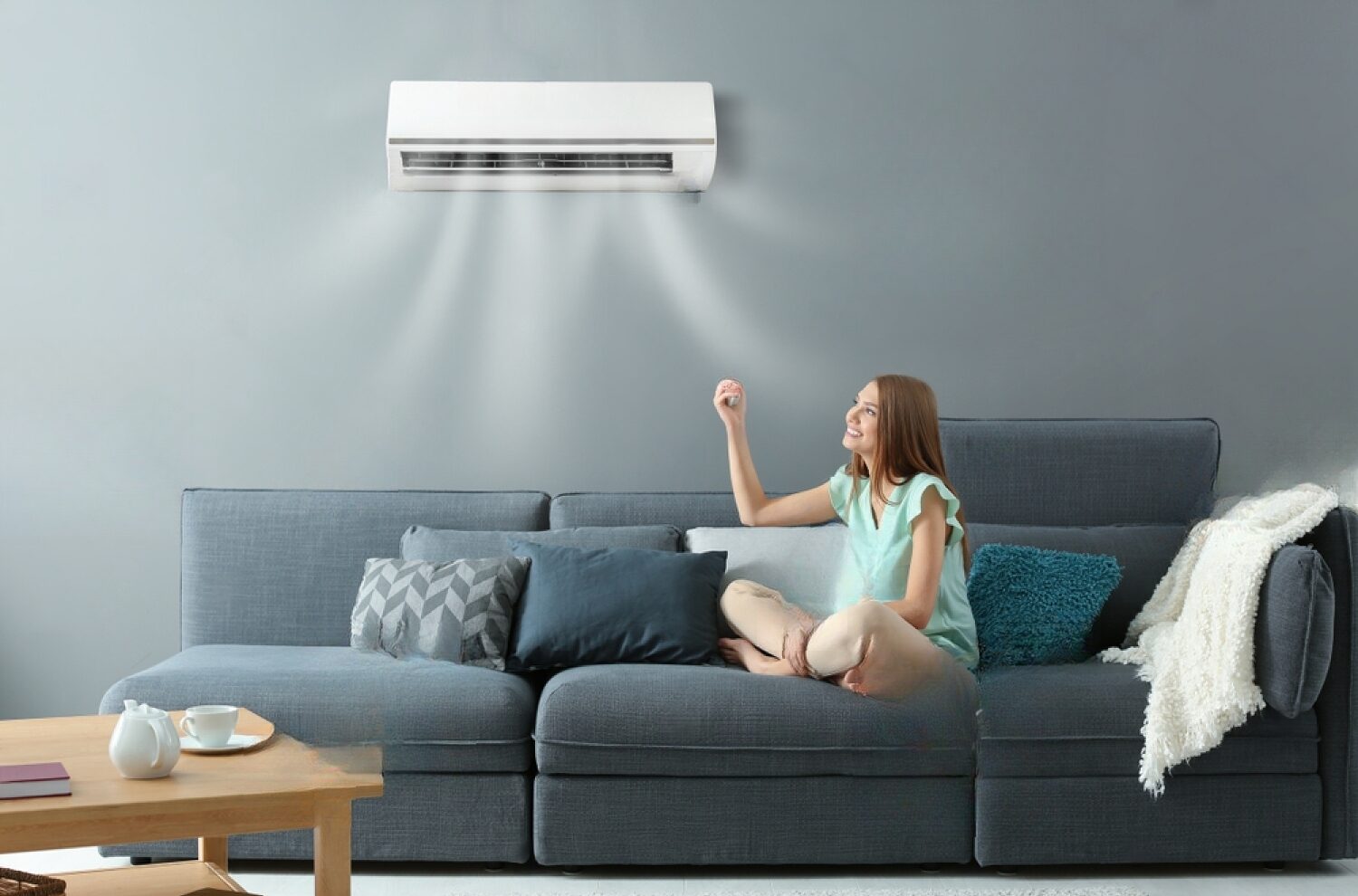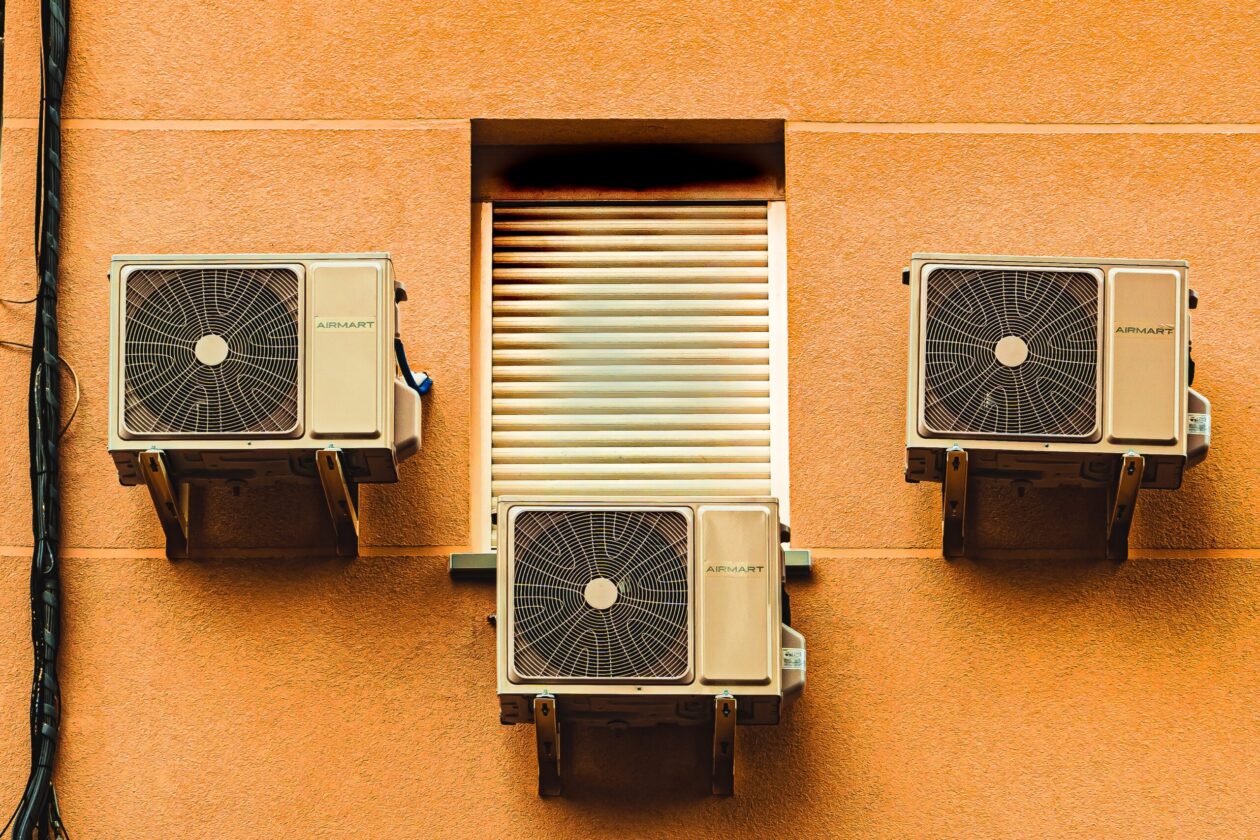A malfunctioning air conditioner can be a frustrating experience, especially when it fails to turn on. In this blog post, we will explore some advanced troubleshooting techniques to help you identify and repair the underlying issues causing your air conditioner to remain inactive. By following these steps, you can potentially save money on repair costs and restore the comfort of a cool and refreshing indoor environment.
Electronic Control Board or PCB Assembly
One common reason for an air conditioner’s failure to turn on is a defective electronic control board or PCB assembly. These control boards are responsible for regulating the various components of the unit. Before jumping to conclusions, ensure that the air conditioner is receiving power. If power supply isn’t the problem, consult the user manual to understand the correct operation of the control board. Some control boards may have an internal fuse, so it’s essential to check for a blown fuse and replace it with the same type and rating if necessary.
Thermostat or Temperature Control
If your air conditioner utilizes a rotary-type temperature control or thermostat and is not turning on, a faulty control may be the culprit. The thermostat control relies on a sensor bulb to monitor the room temperature and activate the compressor circuit accordingly. Start by verifying that power is reaching the unit and check if the fan operates in Energy Saver or Fan Only mode. As you adjust the temperature control or thermostat to a lower setting, listen for a distinct click, indicating that the contacts have closed. Using a multi-meter, you can also test the thermostat for continuity.
Power Cord
When your window air conditioner refuses to power on, it’s vital to inspect the power cord for any issues. Begin by checking the receptacle using a tester or by plugging in a known working appliance like a lamp or fan to verify if the circuit is live. Examine the air conditioner’s power supply cord for signs of fraying or damage. Some newer models feature built-in circuit breakers in the supply cord, so ensure it hasn’t tripped. If the cord appears undamaged, you can remove the cabinet and test the terminal strip’s voltage using a multi-meter. Remember never to attempt repairing or modifying the supply cord; instead, replace any defective cords.
Thermistor or Temperature Sensor
Modern window air conditioners employ an Electronic Control Board (PCB) to manage individual components. These units often incorporate a thermistor, a sensor device located near the front of the evaporator, to monitor room temperature. The information gathered by the thermistor is sent to the control board, which cycles the compressor on and off to maintain the desired temperature. If your air conditioner fails to turn on, a faulty temperature sensor could be to blame. Testing the sensor requires the technical specifications of the thermistor for your particular model, as well as a multi-meter. Additionally, inspect the control board for any loose connections to the sensor.
Fuse
Many modern window air conditioners equipped with Electronic Control Boards have internal fuses for protection. If your unit won’t turn on, it’s possible that the fuse has blown. Start by ensuring that the unit is receiving power, then unplug it and remove the cover. Locate the circuit board and check for a removable fuse. If you find one, inspect it for signs of damage or use a multi-meter to test its continuity. In the event of a blown fuse, replace it only with the appropriate type and rating.
When faced with an air conditioner that won’t turn on, troubleshooting the underlying causes can save you time and money. By examining components like the electronic control board, thermostat, power cord, thermistor, and fuse, you can identify and rectify common issues. However, if you’re uncomfortable performing these advanced repairs yourself, it’s always wise to consult a professional technician. Stay cool and enjoy a comfortable environment with your newly revived air conditioner!


